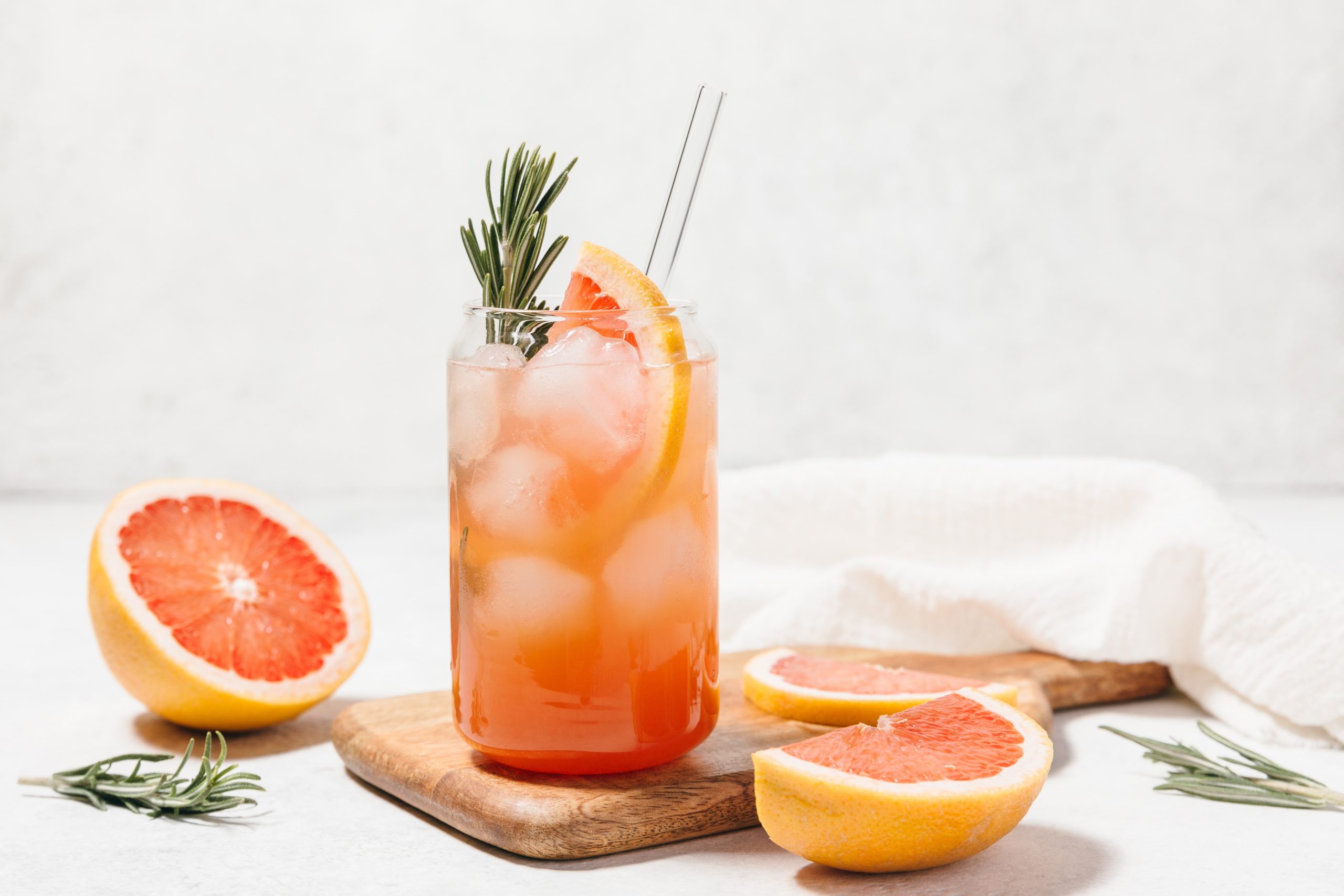Discover our commitments
Read the article
Nutri-Score 2024 : The Algorithm evolves for a more demanding ranking
On January 1, 2024, a new algorithm for calculating a product’s Nutri-Score was introduced. This indicator, which is used to classify foods and beverages according to their nutritional quality, has become more stringent for a number of products. This change in the Nutri-Score algorithm represents a major challenge for many food manufacturers. They now have to offer tasty, well-classified products to satisfy consumers who are increasingly concerned about the quality of their food.
What is Nutri-Score?
Nutri-Score is an indicator that lets consumers know the nutritional quality of the food and beverages they consume by means of a logo on the packaging. The logo is based on a scale of five letters, from A to E, and five colors, from dark green to red. Nutri-Score helps consumers make informed choices by providing nutritional information on the foods and beverages on offer.
Nutri-Score is calculated based on a ratio of nutrients and foods to be encouraged (proteins, fiber, fruit, vegetables, legumes, nuts, and rapeseed, walnut and olive oils) versus those to be limited (energy, saturated fatty acids, sugars , salt) per 100 g or 100 ml of the product.
Nutri-Score 2024 : Towards European harmonization
Nutri-Score was introduced in France in 2017, then adopted by six other European countries, namely Belgium, Switzerland, Germany, Spain, the Netherlands and Luxembourg. These seven countries have been working on harmonizing the way a product’s Nutri-Score is calculated since 2021 to bring it in line with their respective dietary recommendations.
This effort has resulted in a new algorithm, which has been applied since January 1, 2024 and which affects beverages in particular:
- Milk, dairy drinks and vegetable drinks have been included in this classification
- Low-sugar beverages containing sweeteners have been downgraded
- Water automatically enters category A
- The change in the algorithm has no impact on fruit juices, nectars and smoothies
As far as food is concerned, this new algorithm benefits certain products, such as:
- Fish and oils rich in good fats
- Foods made with wholemeal flour, unlike their counterparts made with refined flour
- Poultry and fish, which almost always score better than red meat
Products high in salt and sugar, on the other hand, have suffered greatly from this change, seeing their Nutri-Score severely reduced.

Natural flood flavorings : A solution for improving a product's Nutri-Score
It is not mandatory to display a product's Nutri-Score. In light of these more stringent requirements, manufacturers may be tempted to protect themselves by not displaying this label. But this may prove not to be a good strategy. In fact, Nutri-Score has become such an integral part of French habits that it now represents an important image-based selling point for manufacturers.
They must be able to meet this new challenge:
- By offering products with the lowest possible Nutri-Score to maintain a good image with consumers
- By not neglecting the pleasure of taste, at the risk of consumers losing interest in their products
- By finding a viable business model that enables them to offer products at prices consumers can afford
It is in this context that Metarom’s natural food flavorings can be helpful. The natural flavors in the Acti'Boost range are flavoring solutions that boost the sweet or fatty perceptions of products, without impairing their nutritional quality.
As a food manufacturer, these natural flavorings will help you enhance the taste of your products while positively impacting their Nutri-Score.
Read more
- Flavors
Grapefruit, the star of drinks in 2025: Metarom’s focus is on natural ingredients

- Corporate
- Corporate Social Responsability (CSR)
Discover our 2024 CSR report: concrete commitments aligned with the Sustainable Development Goals

- Employer brand
Metarom France certified Great Place to Work® 2025: lasting recognition
